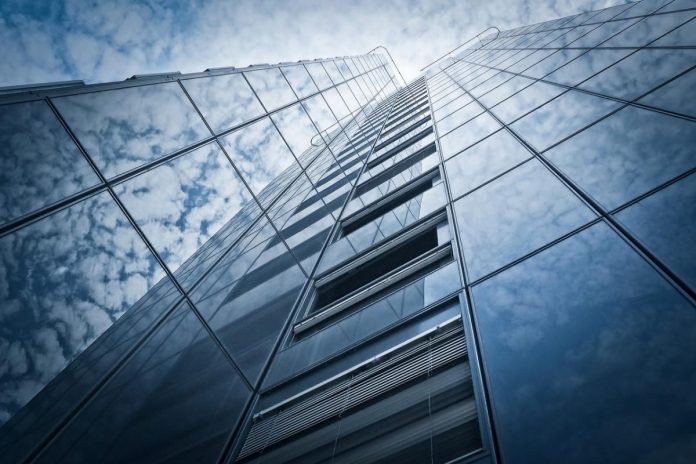Key Takeaways
- Discover the methods and reasoning behind building restoration.
- Learn about both modern and traditional techniques used in preserving historical buildings.
- Understand the benefits of restoration in terms of sustainability and cultural preservation.
Introduction
Building restoration is a pivotal aspect of cultural preservation, functioning as a bridge to our past while securing the structural integrity of cherished sites for future generations. With the rapid pace of modern urbanization, there is a growing need to retain historical authenticity amidst contemporary requirements. One such method, historic masonry restoration, highlights the intricate artistry of reviving timeworn edifices.
This endeavor is more than an aesthetic revival, as it’s about maintaining a cultural dialogue through bricks and beams. By reintegrating heritage sites into the fabric of modern life, we create spaces rich in historical significance while still being functional for current use.
What Is Building Restoration?
Building restoration is defined by the careful and thoughtful approach of returning a structure to a previous state, often its original, by using accurate historical materials and techniques. This process differs from renovation, which may allow for modern changes or additions. For example, the detailed restoration work done on famous buildings like the Palace of Versailles in France and the Colosseum in Rome shows how restoration preserves and revitalizes historical narratives and lets these buildings tell their tales again.
Traditional Techniques in Building Restoration
The traditional techniques that have stood the test of time are at the heart of building restoration. These include skilled masonry, expert woodwork, and detailed craftsmanship harmonizing with the original construction methods. Traditional artisans specialize in these areas, carefully replicating the original features and ensuring each detail contributes to an authentic restoration process. The nuanced artistry involved in such tasks often requires a deep understanding of both the material and historical context of the building.
Modern Innovations in Restoration
While the charm of traditional methods cannot be overstated, modern innovations have introduced new dimensions to building restoration. Technological advancements like 3D scanning provide precise renderings of a building’s current state, allowing for accurate renovation planning. Digital simulations offer a non-invasive method to explore restoration options and predict outcomes, ensuring that the best possible solutions are used in revitalizing historical structures without causing damage or irreversible changes.
Balancing Preservation and Innovation
Successfully balancing preservation and innovation requires a nuanced approach that honors the past while embracing technological advancements. An exemplary project is the Bamberg Cathedral in Germany, where developers utilized lasers and spectral scans alongside traditional techniques to reinforce the cathedral’s structure while preserving its enchanting history. Such initiatives highlight the symbiotic relationship between classic methods and modern technology, ensuring that historical integrity is maintained even as we move forward.
The Impact of Restoration on Cultural Heritage
The impact of building restoration on cultural heritage is profound, fostering a sense of identity and belonging within communities. This sense of place and historical continuity is crucial, as noted by findings from the National Trust, which demonstrate strengthened community engagement through restoration efforts. By preserving historic buildings, we honor our past and nurture an inclusive narrative that resonates with the present and future generations.
Sustainability in Restoration Projects
From a sustainability standpoint, building restoration offers significant environmental advantages compared to new construction. Restoration minimizes waste and often involves using sustainable materials, reinforcing its impact on ecological conservation. The evolution of materials in architecture has emphasized reusability, enabling restoration projects to reflect sustainable values while preserving historical essence.












